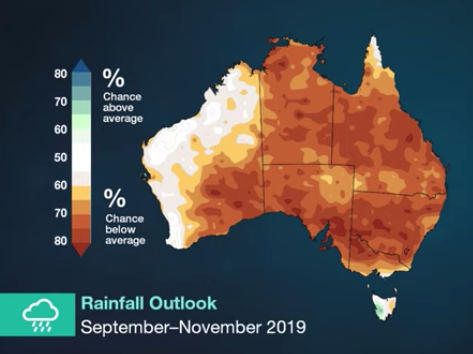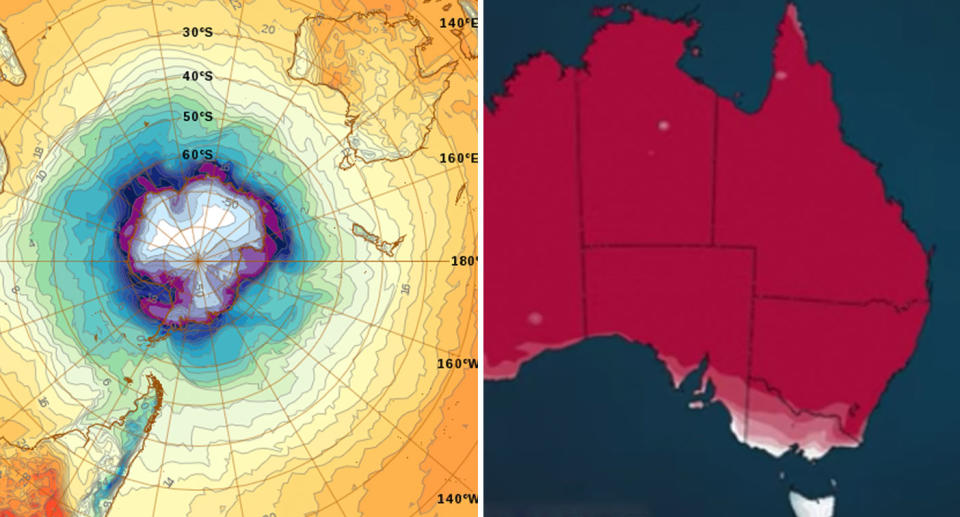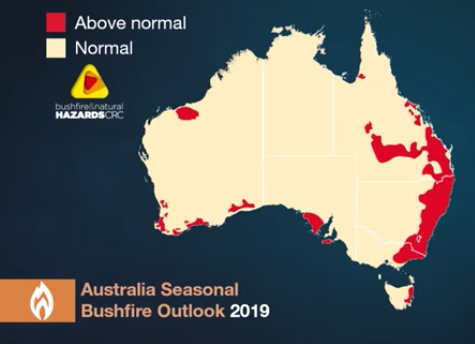Rare Antarctic weather phenomenon to see Aussie temperatures soar
Australia’s east coast is set for record-breaking warm temperatures in the coming months due to rapid heating in the stratosphere above the South Pole.
Since the final week of August, temperatures in New South Wales and Queensland have been warming due to an Antarctic phenomenon called “sudden stratospheric warming”, according to The Conversation.
According to the Bureau of Meteorology (BoM), the weather event was likely to bring above-average spring temperatures and below-average rainfall across large parts of New South Wales and southern Queensland.

BoM meteorologists have predicted the strongest September Antarctic warming in history, saying it was likely to smash a record previously set in 2002.
Sudden stratospheric warming occurs when westerly winds in the stratospheric vortex above the South Pole are reversed by waves of air from the lower atmosphere.
The occurrence is extremely rare, with the only true sudden stratospheric warming event in the past 60 years taking place 17 years ago.

The BoM said the system could continue to impact Earth until January next year, with NSW and southern Queensland likely to experience it most in Australia.
Heat caused by the warm weather event was usually consistent with heatwaves, decreased rainfall and higher fire risks, the BoM said.

The warmth on Earth doesn’t necessarily mean the ozone hole will be suffering, in fact, the BoM said it would be quite the opposite.
Higher temperatures in the upper atmosphere are likely to restrict regular cold ice clouds that destroy the ozone from forming.
Air carried from the tropics via disrupted winds are rich in ozone, meaning they can help to repair the ozone hole.
The BoM also expects to see less Antarctic sea ice from October to January due to more warm water flowing towards the poles amid weaker westerly winds.
Do you have a story tip? Email: newsroomau@yahoonews.com.
You can also follow us on Facebook, download the Yahoo News app from the App Store or Google Play and stay up to date with the latest news with Yahoo’s daily newsletter. Sign up here.


